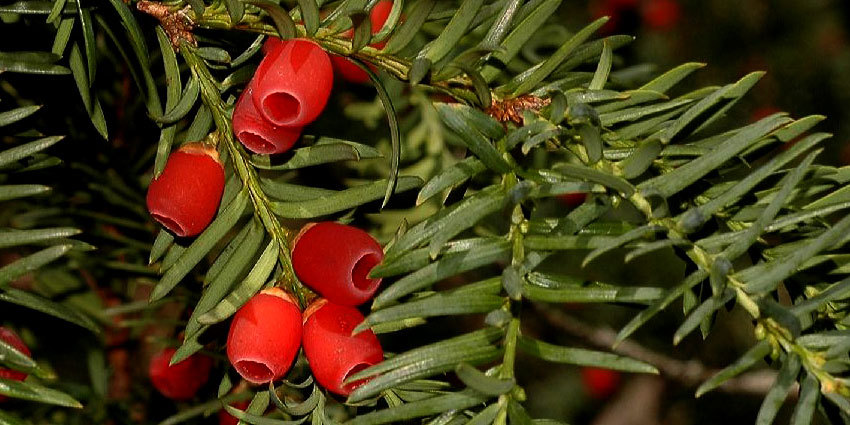Amentotaxus assamica as described in 1985 by David K. Ferguson, in Kew Bulletin, 40th edition, is commonly known as Assam catkin-yew. The species name refers to Assam, a state in Northeastern India where this conifer is endemic.
Description. Assam catkin-yew is an shrubby evergreen, coniferous species of tree in the Taxaceae family that grows to mature heights of 30 feet (9 m) tall.
Hardy to UDSA Zone 8 - cold hardiness limit between 10° and 20°F (-12.1° and -6.7°C).
Localized timber businesses, need for firewood, shifting agricultural practices and infrastructural developments like roads and dams have led to the decline in Amentotaxus assamica numbers. Even the plant'™s subpopulations have been affected.
is found only in India where it is threatened by habitat loss.
